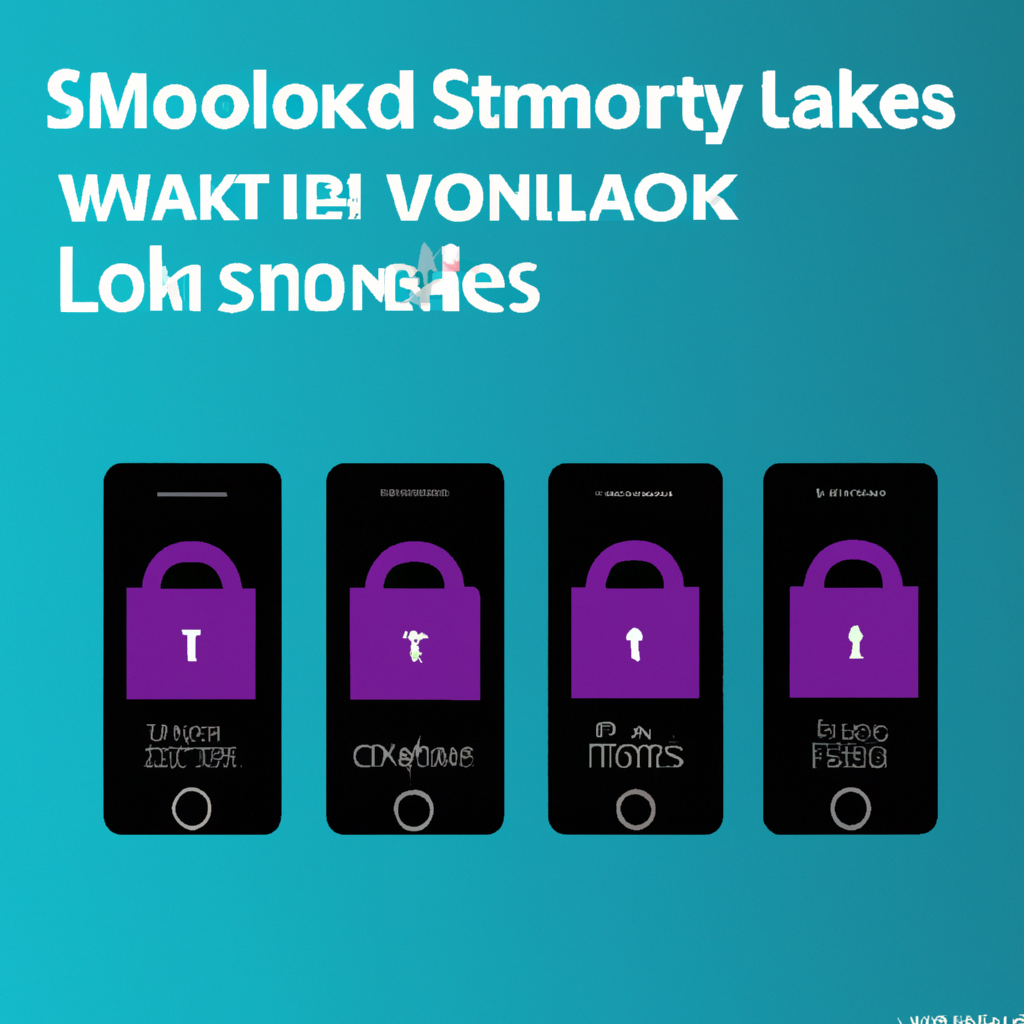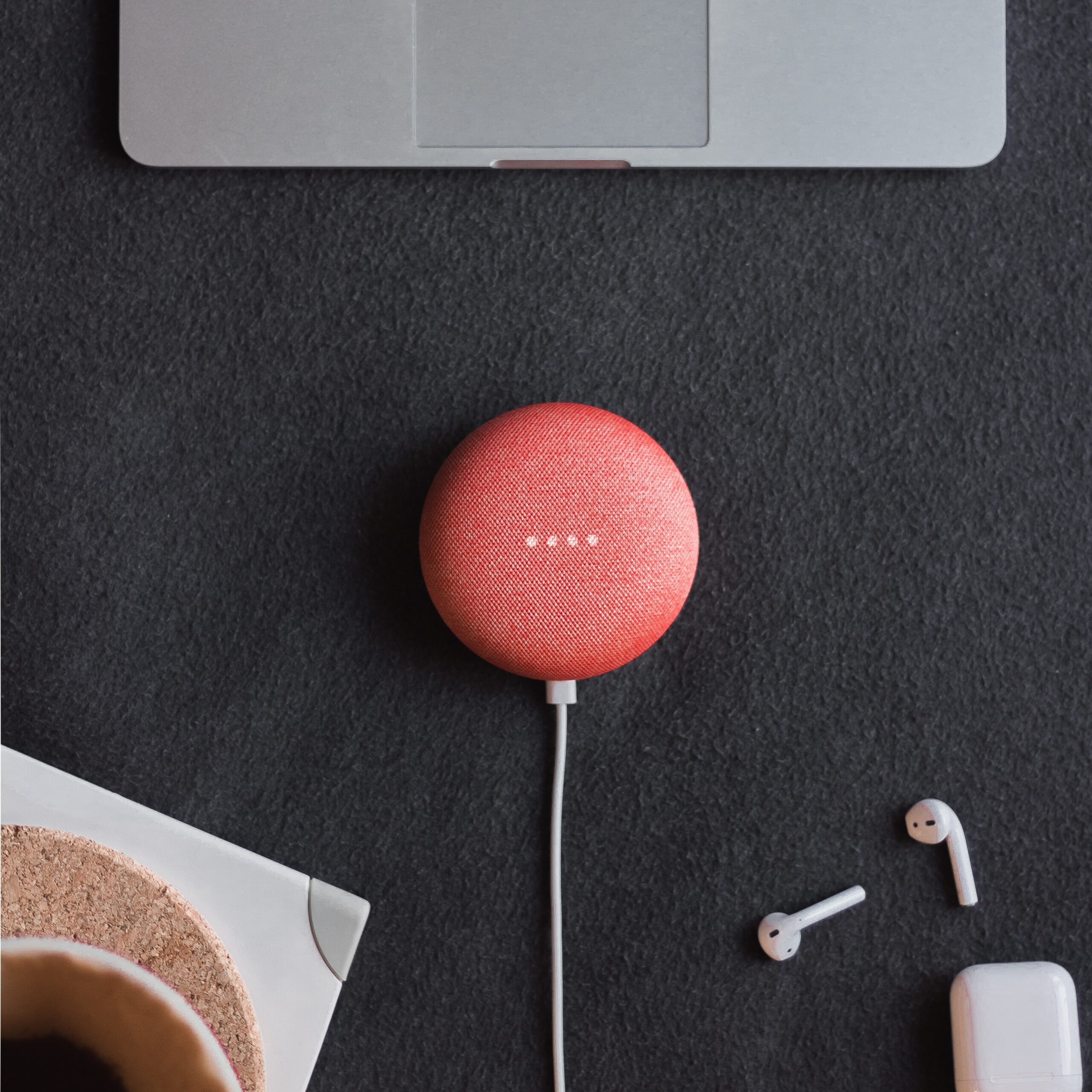Imagine being able to unlock your front door with just a touch of your smartphone. Smart locks have revolutionized the way we secure our homes, offering convenience, efficiency, and peace of mind. Gone are the days of rummaging through your pockets for keys or worrying about losing them. With the power of technology in your hands, you can now control and monitor the access to your home from anywhere in the world. Discover the wonders of smart locks and how they seamlessly integrate with your smartphone, making your life easier and your home safer.
Smart Locks and Smartphone Integration
Smart locks have revolutionized the way we secure our homes by providing convenient and technologically advanced solutions. One of the key factors that sets smart locks apart from traditional locks is their integration with smartphones. This seamless integration allows users to control and monitor their locks using their smartphones, providing a new level of convenience and security.
Overview of Smart Locks
Smart locks are electronic locks that can be controlled remotely using a smartphone or other compatible devices. They eliminate the need for keys and offer a wide range of features that enhance security and convenience. Smart locks come in various types, each with its own unique advantages.
Advantages of Smartphone Integration
The integration of smart locks with smartphones brings numerous advantages to homeowners. First and foremost, it allows for easy and convenient control of the lock from anywhere. Whether you are at work, on vacation, or simply in another room of your house, you can lock or unlock your door with just a few taps on your smartphone. This eliminates the need for traditional keys and the risk of losing or forgetting them.
In addition to convenience, smartphone integration offers enhanced security features. Many smart locks allow for remote monitoring of lock status, providing homeowners with real-time notifications when the lock is opened or unlocked. This allows for greater peace of mind, especially when away from home. Furthermore, smartphone integration enables the granting of temporary access to others, such as houseguests or service professionals, without the need for physical keys.
Types of Smart Locks
There are several types of smart locks available in the market, each with its own set of features and compatibility options. Understanding the different types can help you choose the right smart lock for your needs.
Keypad Locks
Keypad locks are one of the most popular types of smart locks. They feature a numeric keypad that allows users to enter a personalized code to lock or unlock the door. Keypad locks are great for households with multiple family members as each person can have their own unique code. This type of smart lock is often battery-operated and does not require an internet connection.
Bluetooth-Enabled Locks
Bluetooth-enabled locks use Bluetooth technology to connect to your smartphone. These locks offer convenient and secure access without the need for a Wi-Fi connection. To unlock the door, you simply need to be within Bluetooth range of the lock. Bluetooth-enabled locks are known for their energy efficiency and ease of installation.
Wi-Fi-Connected Locks
Wi-Fi-connected locks offer the most advanced features and capabilities. These locks connect directly to your home’s Wi-Fi network, allowing for remote control and monitoring from anywhere with an internet connection. Wi-Fi-connected locks often have additional features such as voice control, integration with other smart home devices, and compatibility with virtual assistants.
Z-Wave and Zigbee Locks
Z-Wave and Zigbee are wireless communication protocols commonly used in smart home devices. Z-Wave and Zigbee locks require a hub or gateway to connect to your smartphone. These locks offer a high level of compatibility with other smart home devices and are often part of a larger smart home ecosystem.
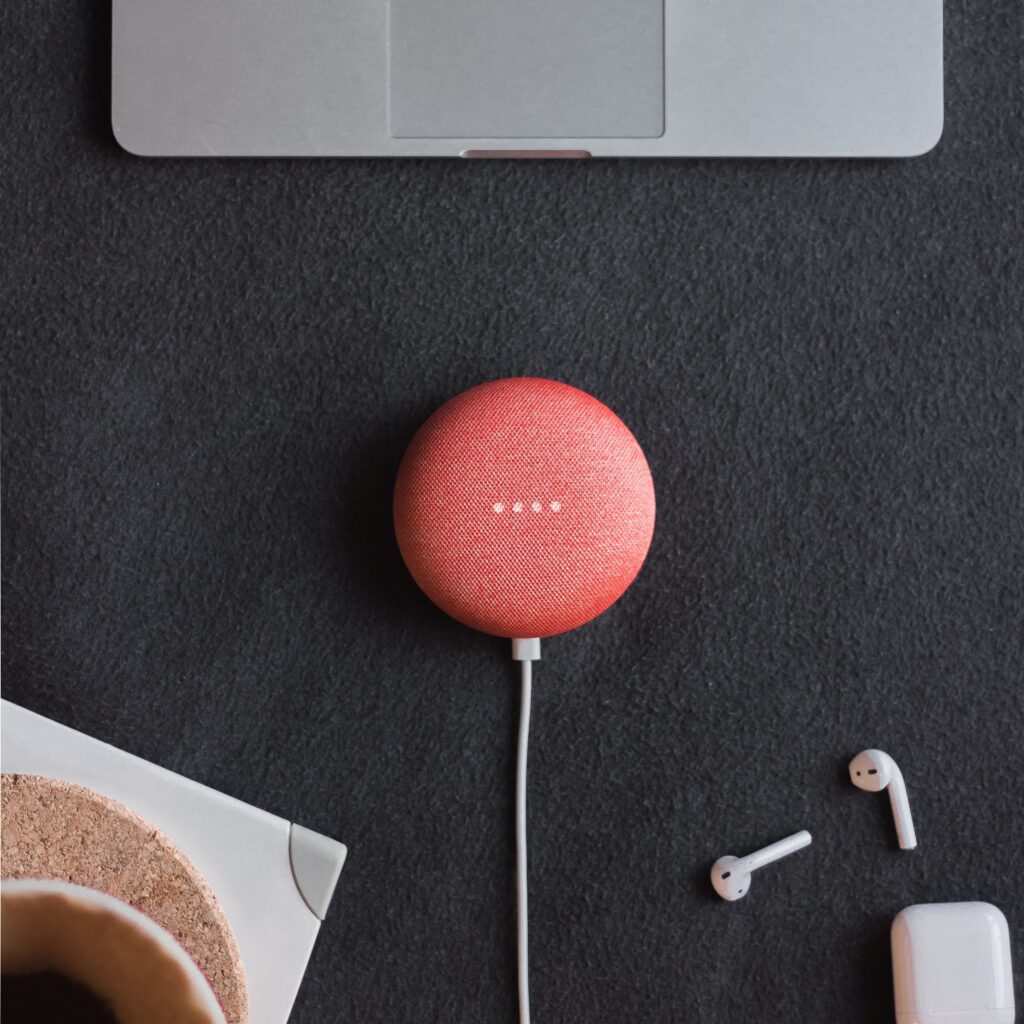
Smartphone Compatibility
Smart locks are designed to work with smartphones, and compatibility is an important consideration when choosing a smart lock.
iOS
Smart locks generally have good compatibility with iOS devices such as iPhones and iPads. Most manufacturers provide dedicated apps that can be downloaded from the App Store, allowing seamless integration and control of the smart lock.
Android
Android users can also enjoy the benefits of smart lock integration. Manufacturers typically provide apps that are available for download from the Google Play Store. Android devices offer a wide range of options when it comes to smart lock compatibility.
Other Platforms
While iOS and Android are the two most popular mobile operating systems, there are other platforms to consider when it comes to smart lock compatibility. Some smart lock manufacturers offer apps for other platforms such as Windows Phone or Blackberry. However, it is important to check the specific compatibility requirements of the smart lock before making a purchase.
Smart Lock Apps
Smart lock apps play a crucial role in the integration and control of smart locks from smartphones. These apps provide a user-friendly interface that allows homeowners to easily manage their smart lock settings and access controls.
Popular Smart Lock Apps
There are several popular smart lock apps available that offer a wide range of features and functionalities. Some of the most recognized apps include “August Home,” “Yale Access,” “Schlage Home,” and “Kwikset Kevo.” These apps are designed to work seamlessly with their respective smart lock products, providing an intuitive and user-friendly experience.
Features and Functionalities
Smart lock apps offer a variety of features and functionalities to enhance the user experience. Beyond basic locking and unlocking functions, these apps often provide options for customization, such as setting schedules for automatic locking or unlocking. Some apps also offer geofencing capabilities, which allow the smart lock to detect when you are close to your home and automatically unlock the door.
Integration with Other Smart Home Devices
One of the key advantages of smart locks is their ability to integrate with other smart home devices. Many smart lock apps offer integration with popular smart home platforms such as Amazon Alexa, Google Assistant, and Apple HomeKit. This integration allows users to control their smart locks through voice commands or through the respective virtual assistant app, adding convenience and versatility to the overall smart home ecosystem.
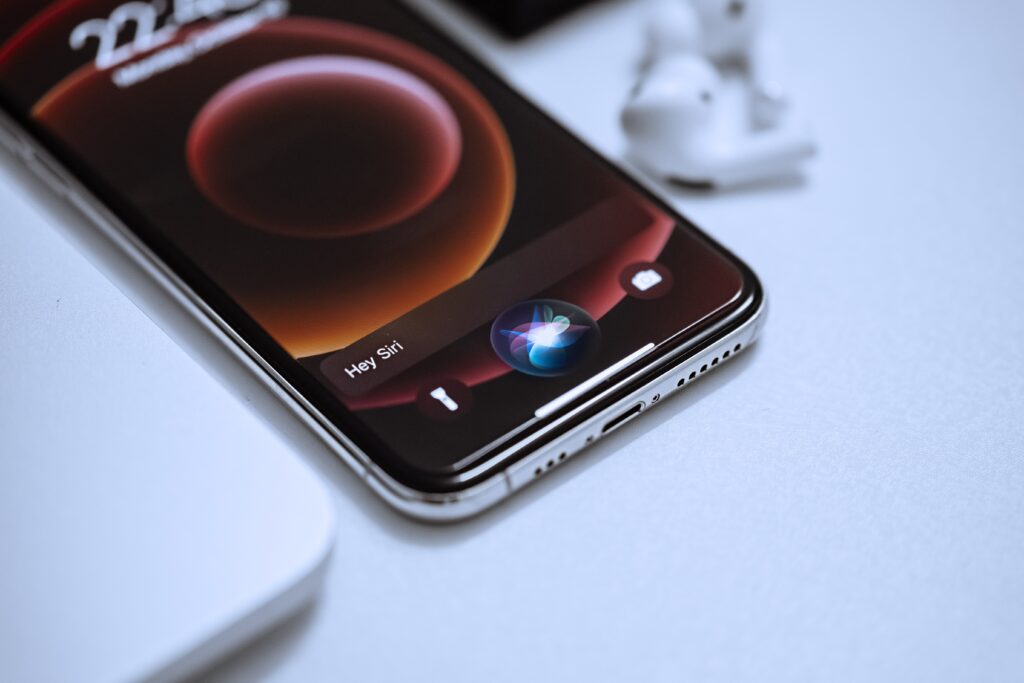
Remote Lock Control
One of the most significant advantages of smart locks with smartphone integration is the ability to control the lock remotely.
Locking and Unlocking Remotely
With a smartphone and a compatible smart lock app, you can easily lock or unlock your door from anywhere with an internet connection. This feature is incredibly useful in situations where you need to grant access to someone while you are away or when you forget to lock your door before leaving your home.
Granting Temporary Access to Others
Smart locks with smartphone integration allow you to grant temporary access to others without the need for physical keys or being present at home. You can create virtual keys or send temporary access codes to family members, friends, or service professionals. This eliminates the need for making copies of physical keys and provides greater control over who can enter your home and when.
Monitoring Lock Status
Another valuable feature provided by smartphone integration is the ability to monitor the status of your smart lock remotely. You can receive real-time notifications on your smartphone whenever your door is opened, locked, or unlocked. This feature provides an additional layer of security and peace of mind, allowing you to always stay informed about the activities at your front door.
Push Notifications
Push notifications are an essential part of smartphone integration with smart locks. Whenever an activity or event occurs, such as someone unlocking the door or a low battery warning, the smart lock app can send a push notification to your smartphone. These notifications help keep you informed and allow for quick action if needed.
Security Considerations
When it comes to smart locks, security is a top priority. Smartphone integration brings a new dimension of security considerations that users should be aware of.
Authentication and Encryption
Smart locks with smartphone integration should utilize strong authentication and encryption protocols to ensure the security of your lock and your home. Robust encryption practices help protect the communication between the smart lock and your smartphone, ensuring that only authorized devices can interact with your lock.
Two-Factor Authentication
Two-factor authentication adds an extra layer of security to smart locks. This feature requires users to provide an additional piece of verification, such as a fingerprint or a unique code, before gaining access to the lock. Two-factor authentication significantly reduces the risk of unauthorized access to your smart lock.
Integration with Home Security Systems
Smart locks can be integrated with existing home security systems, providing an additional layer of security. This integration allows for seamless communication between the smart lock and other security devices, such as security cameras or alarms. In the event of a security breach, the smart lock can trigger the alarm or activate the cameras to help capture evidence.
Weaknesses and Vulnerabilities
While smart locks offer numerous security benefits, they are not without their weaknesses and vulnerabilities. Like any electronic device, smart locks can be susceptible to hacking or cyber-attacks if proper security measures are not in place. Users should ensure that they regularly update their smart lock firmware and choose reputable manufacturers with a track record of security.
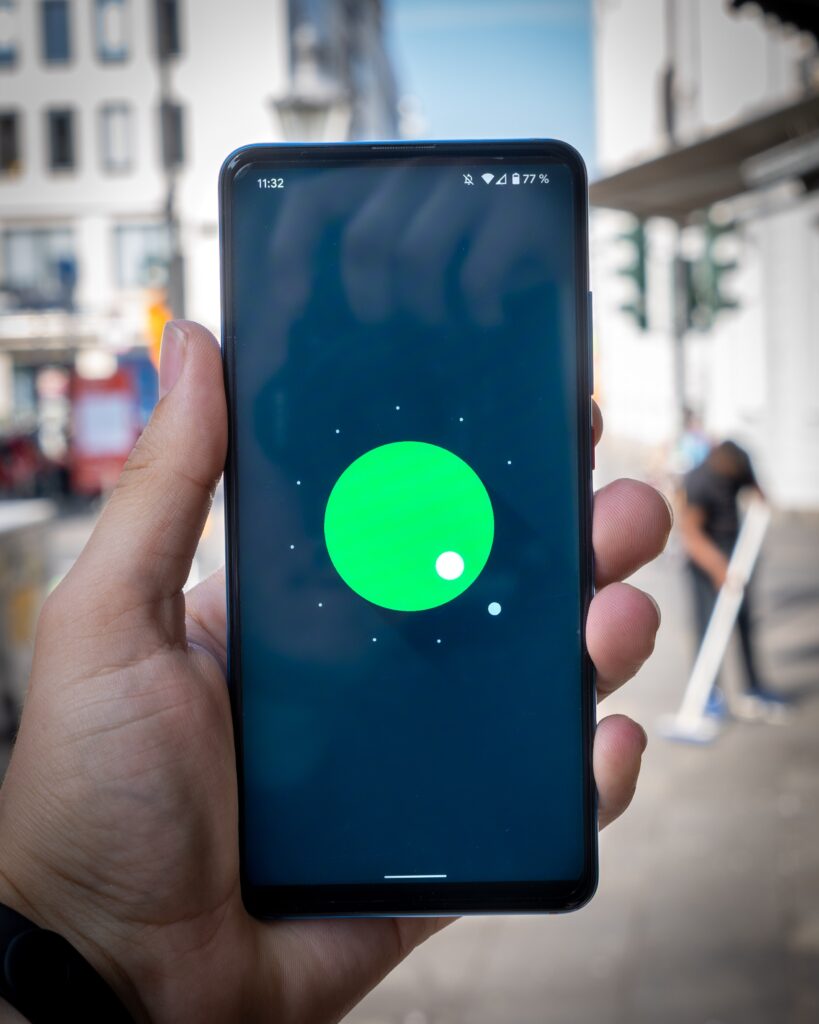
Integration with Virtual Assistants
Smart locks with smartphone integration can take advantage of virtual assistants to enhance the overall user experience and convenience.
Smart Lock Voice Commands
By integrating your smart lock with a virtual assistant such as Amazon Alexa, Google Assistant, or Apple Siri, you can control your lock with simple voice commands. This hands-free control adds an extra layer of convenience, allowing you to lock or unlock your door without even reaching for your smartphone.
Linking with Amazon Alexa
Amazon Alexa, with its vast range of compatible smart home devices, offers seamless integration with many smart locks. By linking your smart lock with Amazon Alexa, you can control your lock using voice commands and even create customized routines that incorporate your smart lock’s functionality.
Google Assistant Integration
Google Assistant provides another popular option for controlling smart locks with your voice. By integrating your smart lock with Google Assistant, you can use voice commands to lock or unlock your door, check the lock status, or even incorporate the smart lock’s functionality into your daily routines or automation setups.
Apple HomeKit Compatibility
For Apple users, HomeKit compatibility is an important feature to look for in a smart lock. HomeKit allows for seamless control of your smart lock using Siri voice commands or the Apple Home app. With HomeKit integration, you can create automations, set up scenes, and control your smart lock alongside other HomeKit-enabled devices.
Smartphone Keyless Entry
Smartphone keyless entry is a convenient feature provided by smart locks with smartphone integration.
Mobile Phone as a Digital Key
By using your smartphone as a digital key, you can eliminate the need for physical keys altogether. With a compatible smart lock app, you can unlock your door by simply tapping the app’s unlock button, eliminating the hassle of fumbling for keys or worrying about lost or stolen keys.
Unlocking Based on Proximity
Smart locks with smartphone integration offer proximity-based unlocking, also known as geofencing. This feature allows the smart lock to detect when you or your smartphone are in close proximity to your home and automatically unlock the door. This hands-free access is incredibly convenient, especially when your hands are full or when you are in a hurry.
Virtual Keys and Multiple Users
Smart locks with smartphone integration offer the ability to create virtual keys. These virtual keys can be assigned to family members, friends, or trusted individuals, granting them access to your home without the need for physical keys. This feature is particularly useful when you have guests staying at your home or when you need to provide temporary access to service professionals.
Auto-Lock and Auto-Unlock Settings
Auto-lock and auto-unlock settings allow you to customize the behavior of your smart lock based on your preferences. With auto-lock enabled, your smart lock can automatically lock the door after a defined period of inactivity. Auto-unlock, on the other hand, ensures that your door is unlocked when you arrive home, saving you the hassle of unlocking it manually.
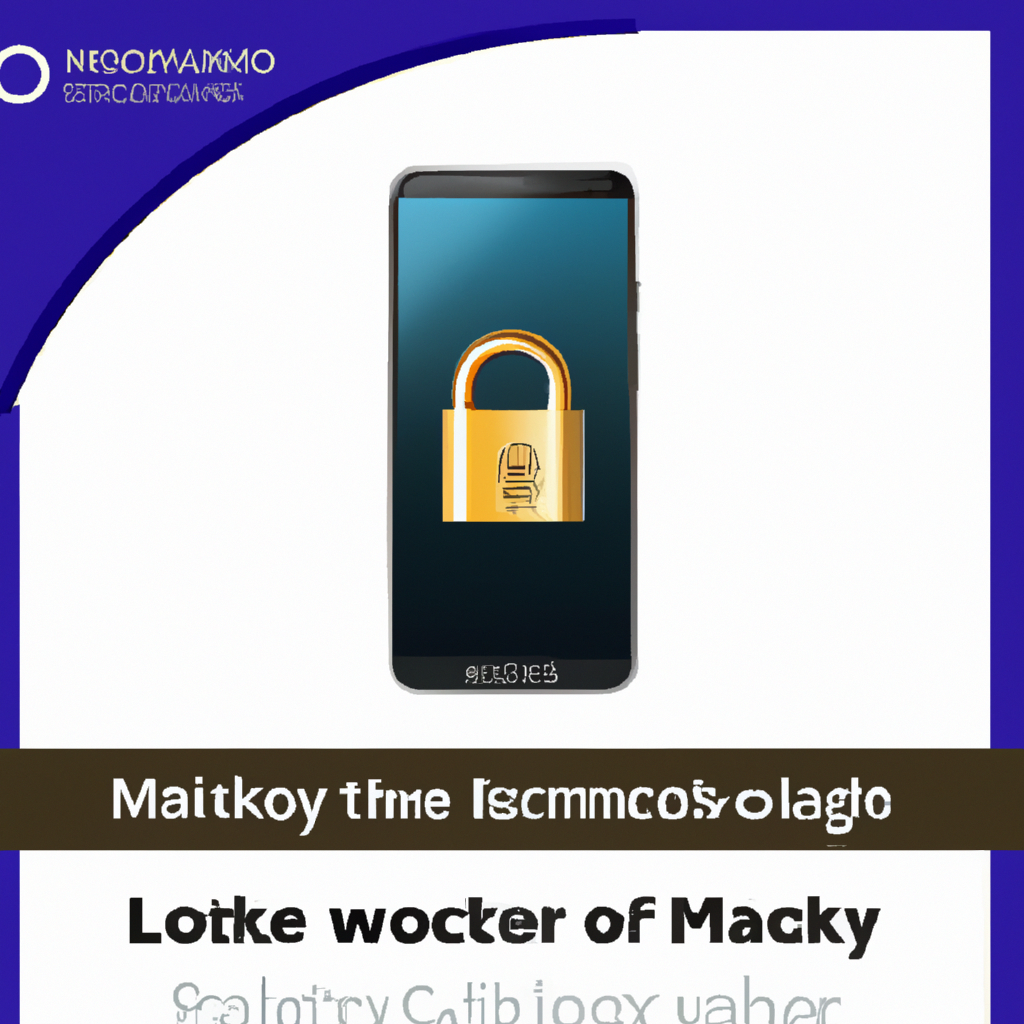
Battery Life and Power Backup
Smart locks with smartphone integration are powered by batteries, and it is important to consider their battery life and power backup options.
Energy-Efficient Features
Smart lock manufacturers often include energy-efficient features to prolong the battery life of their devices. These features include low-power modes, automatic power-saving settings, and efficient communication protocols. It is important to choose a smart lock that offers good battery life, especially if you plan to use it frequently or if it has additional power-hungry features.
Battery Monitoring and Alerts
To ensure that your smart lock is always operational, it is essential to have a reliable battery monitoring system in place. Smart lock apps often provide battery monitoring and alerts, notifying you when the battery reaches a low level. This allows you to replace the battery in a timely manner and prevents any unexpected lockouts.
Backup Power Options
In the event of a power outage or if the battery of your smart lock dies, it is important to have backup power options. Some smart locks offer backup power options such as a physical key override or emergency power connectors that allow you to power the lock temporarily. It is worth considering these backup power options to ensure uninterrupted access to your home.
Future of Smart Locks
Smart locks have come a long way and will continue to evolve in the future. Here are some exciting advancements to look forward to:
Advancements in Smart Lock Technology
Advancements in smart lock technology are expected to bring even more convenience, security, and integration capabilities. Improved communication protocols, advanced encryption techniques, and sophisticated authentication methods will further enhance the overall reliability and safety of smart locks.
Interoperability Among Different Brands
Currently, smart locks often require specific apps or platforms for integration and control. In the future, there is a growing trend towards interoperability among different smart lock brands. This means that users will be able to mix and match smart lock products from different manufacturers without any compatibility issues.
Integration with Smart City Infrastructure
As cities become smarter, smart locks are expected to integrate with broader smart city infrastructure. Imagine a future where smart locks seamlessly interact with public transportation systems, parking facilities, or even delivery services. This integration will enhance the overall user experience and create a truly connected and efficient living environment.
Potential Security Enhancements
With the increased reliance on smart locks for home security, there will be a continuous focus on improving their security features. Manufacturers will invest in research and development to identify and address vulnerabilities, ensuring that smart locks remain a reliable and secure option for homeowners.
In conclusion, smart locks with smartphone integration offer a wealth of advantages, from convenient remote access control to enhanced security features. Keypad locks, Bluetooth-enabled locks, Wi-Fi-connected locks, and Z-Wave and Zigbee locks provide users with various options to suit their needs. Smartphone compatibility with iOS, Android, and other platforms ensures that smart locks can be seamlessly integrated into your existing smartphone ecosystem. Smart lock apps offer intuitive interfaces, features such as scheduling and geofencing, and integration with other smart home devices. Remote lock control allows for locking and unlocking of doors from anywhere, granting temporary access to others, monitoring lock status, and receiving push notifications. Security considerations include authentication, encryption, two-factor authentication, and integration with home security systems. Integration with virtual assistants such as Amazon Alexa, Google Assistant, and Apple HomeKit brings voice control capabilities to smart locks. Smartphone keyless entry, based on proximity and virtual keys, eliminates the need for physical keys. Battery life and power backup options should be considered to ensure uninterrupted operation. The future of smart locks includes advancements in technology, interoperability among different brands, integration with smart city infrastructure, and potential security enhancements. With the growing popularity and advancements in smart lock technology, homeowners can benefit from the convenience, security, and peace of mind that come with smartphone integration.
